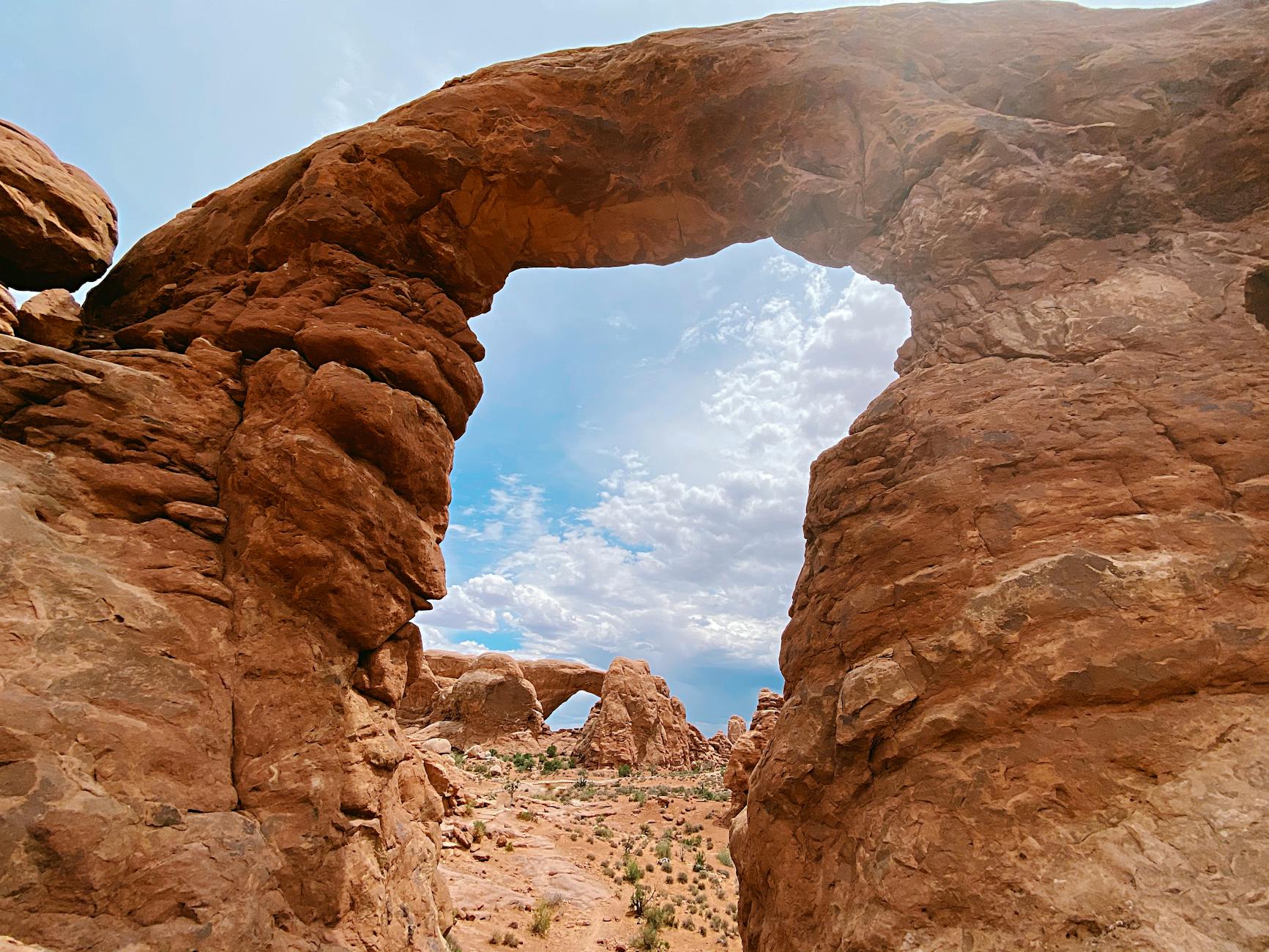Non-native mountain goats have wandered into the La Sal Mountains Mount Peale Research Natural Area (RNA) – where they’re not supposed to be, according to U.S. Forest Service regulations that exclude non-native grazing in the protected area.
A new report titled “Modified by Mountain Goats” by Marc Coles-Ritchie of Grand Canyon Trust documents evidence of mountain goats kicking up dusty wallows in the soil, and trampling sensitive plants in the La Sals’ alpine region. Grand Canyon Trust staff and volunteers say they have found hoof marks, fur and goat droppings, and have seen mountain goats inside the 11,000-feet Mount Peale RNA.
The Division of Wildlife Resources has been translocating mountain goats to high-elevation mountaintops throughout Utah for the past 50 years, said Morgan Jacobsen, DWR conservation outreach manager, in an email to the Moab Sun News.
The translocations provide wildlife enthusiasts, including hunters, hikers and photographers, with opportunities to enjoy the mountain goats in the backcountry, Jacobsen said.
In 2013 and 2014, the division introduced 35 mountain goats into the La Sal Mountains. The animals were captured from herds in the Tushar Mountains in central Utah, where they were blindfolded, and airlifted by helicopter to a staging area, before being taken by horse trailer to the La Sal Mountains. The number of mountain goats in the area has since grown to 70; the DWR has said it would like to eventually see the herd grow to 200.
The La Sals’ upper alpine area is home to unique vegetation, including five “Species of Conservation Concern” – such as the La Sal Daisy – a plant endemic to the area, meaning it has not been documented anywhere else in the world. The area also supports at-risk species such as pika, and more common animals like marmots. To protect these species, the Forest Service established the 2,400-acre Mount Peale RNA in 1988, to preserve the habitat in a “virgin or unmodified condition.”
According to the Grand Canyon Trust report, “nonnative mountain goats have caused observable physical damage to plants and soil,” since the ungulates were introduced to the La Sal Mountains in 2013. The report states conditions at 59 percent of 44 survey sites within the Mount Peale RNA have declined from 2015 to 2017.
Also referred to as Rocky Mountain goats, the species are native to southeast Alaska, Canada’s western Rocky Mountains, and parts of Washington, Oregon, Idaho and Montana.
A lawsuit is pending to compel the Forest Service to take action to protect the area by removing the goats. But the Forest Service is “not the enemy,” said Tony Frates, of the Utah Native Plant Society.
“The Forest Service got put in a terrible position,” he said, when the Utah DWR, whose job is to manage wildlife, placed the animals on federal lands the Forest Service is expected to manage for habitat.
“There was a letter from the Forest Service regional forester asking not to put the mountain goats there at that time, or at least delay (the translocation) but it went forward,” said Barb Smith, district wildlife biologist for Manti-La Sal National Forest. “It was approved by (the DWR) wildlife board.”
When a plant obtains a foothold in the harsh, alpine environment, it tends to grow slowly, in small patches, over a period of decades. Those species are often referred to as “cushion plants” because they cluster into compact, little mounds.
“The plants can grow up to 100 years old,” said longtime botanist and Grand Canyon Trust Utah Forest Program Director Mary O’Brien. “If you’re there when they are blooming you see native bees, bumblebees; it feels like a magical place.”
“I have hiked up into the alpine area,” she added. “It’s an absolute gem, walking above 11,000 feet in alpine (terrain), with plants scattered at the top of their growing capability.”
Lifelong Moab resident and sportsman George Dalton also hikes regularly in the area, but he welcomes the presence of mountain goats in the La Sals, believing that the animals fill an ecological niche.
“They’re living in the high elevations where not a lot of other mammals live,” he said. “From what I’ve seen, they’re not damaging the high-elevation terrain they live in.”
From time to time, Dalton said he’s encountered deer and elk on his hikes, and he doesn’t see the benefit to removing mountain goats from the range.
“I’ve seen elk right up in those rock slides,” he said. “By eliminating the goats, I don’t know that that protects (the terrain) because other wildlife go up there, also.”
The state wildlife agency points out that mountain goats can be viewed as a substitute for bighorn sheep that used to live in the area.
But the two species require different habitat, Frates noted. Mountain goats, unlike bighorn sheep, prefer higher elevations in the summer and can climb up to where sheep can’t reach, he said.
“The problem is there’s very little up in the La Sals; there’s a small amount of habitat,” Frates said. “The goats have been observed in the RNA – that’s the heart of the issue. A herd of 200 would be devastating.”
In 2016, Grand Canyon Trust lead attorney Aaron Paul filed suit in federal district court for the district of Utah asking the courts to order the Forest Service to forbid the introduction of mountain goats into the La Sal Mountains, and remove any goats found in the Mount Peale RNA.
“The Forest Service is supposed to maintain that area as pristine, virgin – you can’t have a non-native species,” Paul said.
The Forest Service claimed it lacked jurisdiction, and the case was dismissed. The Grand Canyon Trust and the Utah Native Plant Society appealed the decision.
“In the next few months, we expect oral arguments on the case,” Paul said. “We want the Forest Service to follow its rules. They’ve got to keep the RNA virgin, in a non-modified condition. That’s all we’re asking them to do.”
But Dalton said he’s concerned that the two groups could be opening a can of worms by seeking the elimination of a non-native species, questioning whether chukar would be the next to go.
“I would say that there are lots of species around here that are non-native,” he said.
Jacobsen said the translocation project was largely funded through Utah’s conservation permit program.
“This program allocates a small number of hunting permits each year to conservation organizations that are sold at banquets and fundraising opportunities,” he said.
Specifics on the cost of the program were not immediately available, Jacobsen said.
Frates said private sportsman groups shouldn’t be telling state agencies what to do.
“Part of our contention is federal agencies should have a right to control land they manage,” Frates said. “Now we have these goats – we don’t want them shot – we want them taken out by helicopter, the way they came,” he said. “There was no study done in advance of their release.”
Baseline data was never compiled because the Forest Service never expected the mountain goats to be introduced – “the Forest Service was blindsided,” Frates said.
The DWR has since partnered with the Forest Service to write a cooperative monitoring plan for mountain goats in the La Sals, including areas within and outside the Mount Peale RNA, Jacobsen said.
Forest Service wildlife biologist Smith said scientific studies were established in 2015 – “it’s all part of a five-year monitoring plan,” she said.
“We’re doing actual vegetation monitoring of endemic plants in the La Sals,” Smith said. “We will be able to say more once the data is analyzed.”
The entire Grand Canyon Trust report can be viewed at: www.grandcanyontrust.org/modified-mountain-goats.
Wildlife agency and sportsmen say animals fill ecological niche in La Sals





